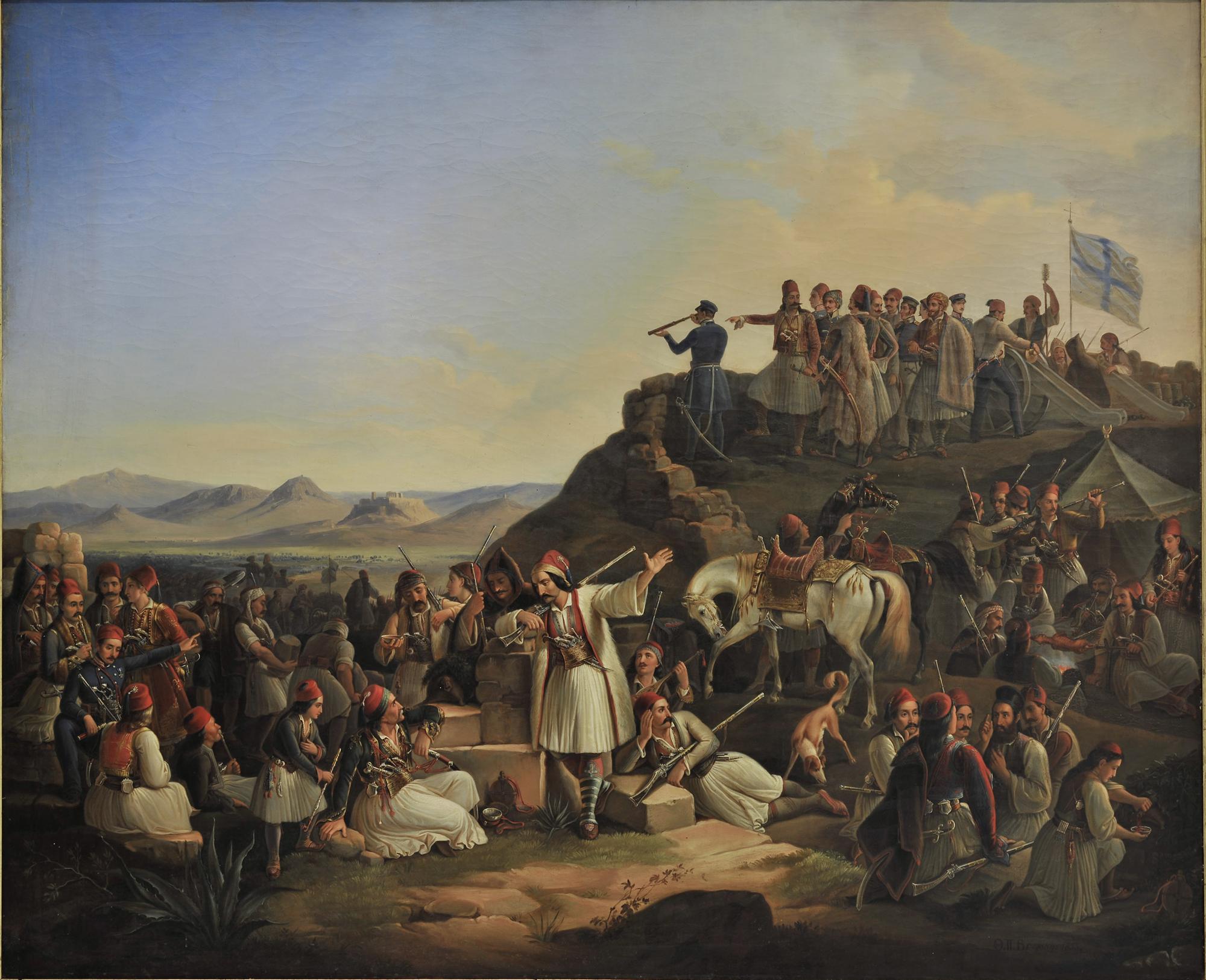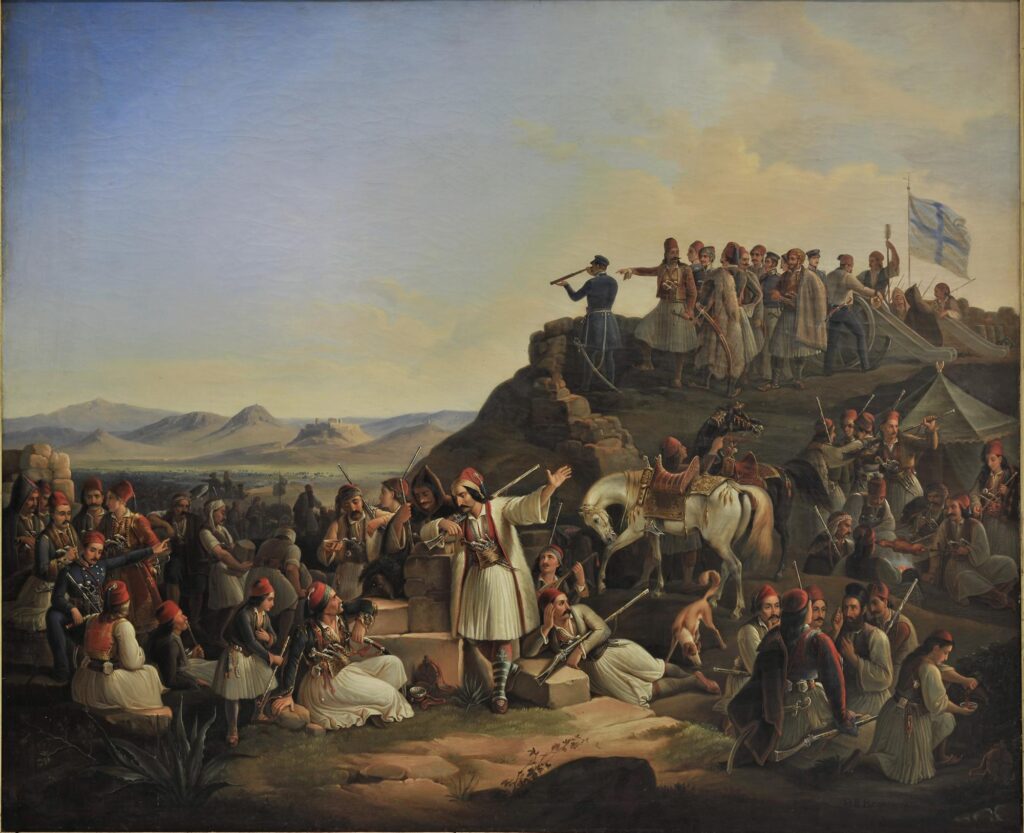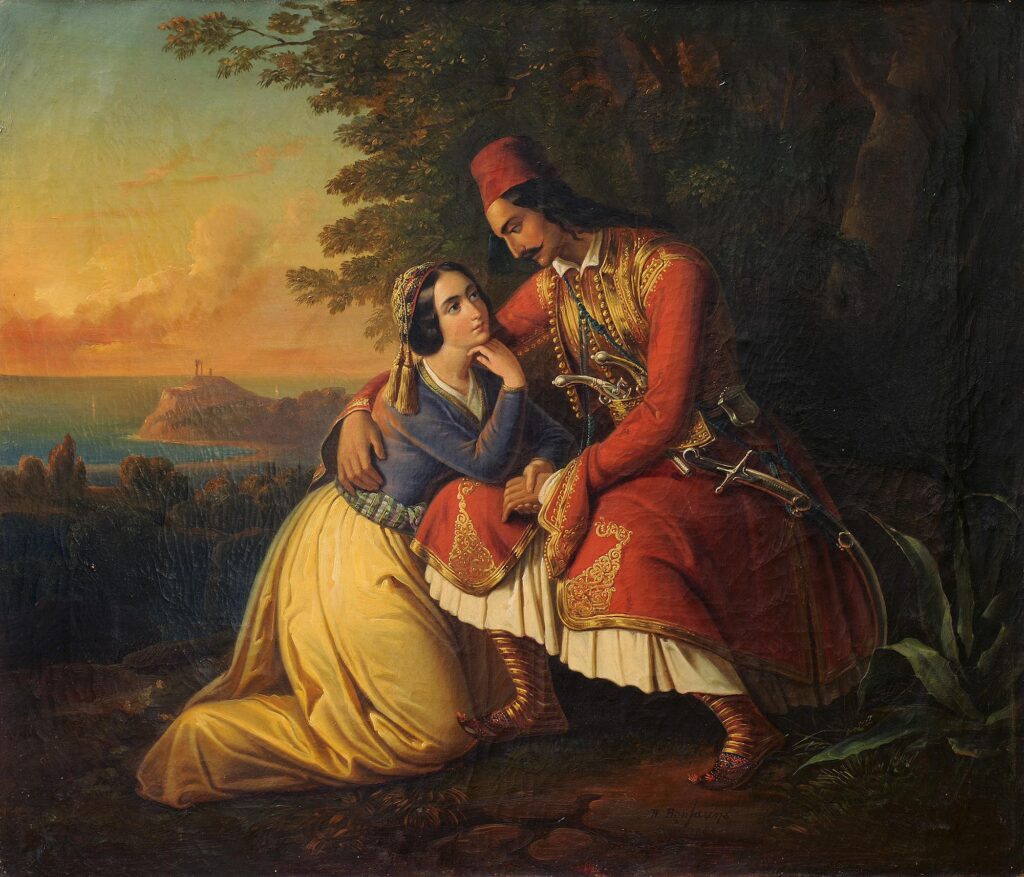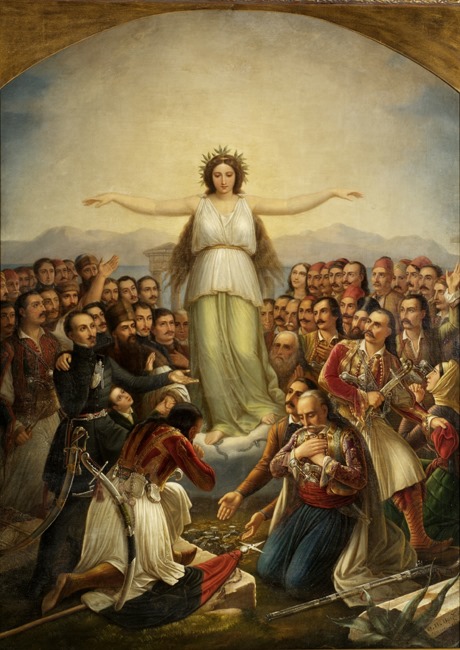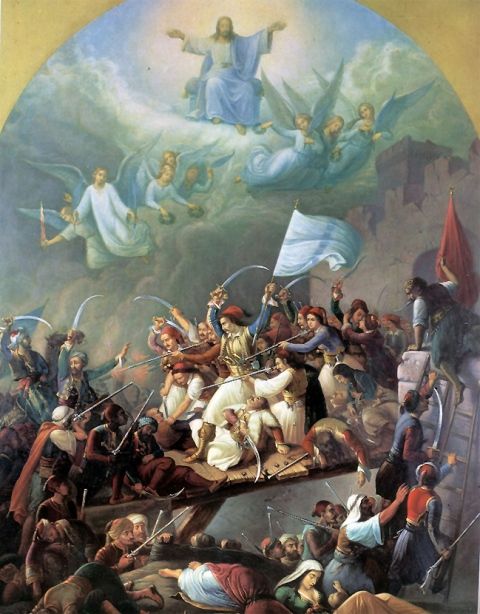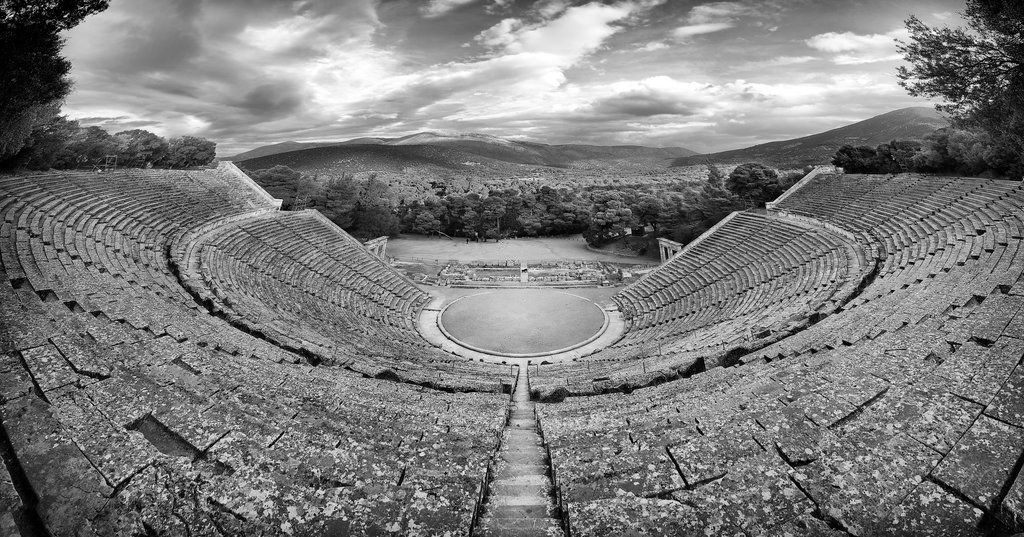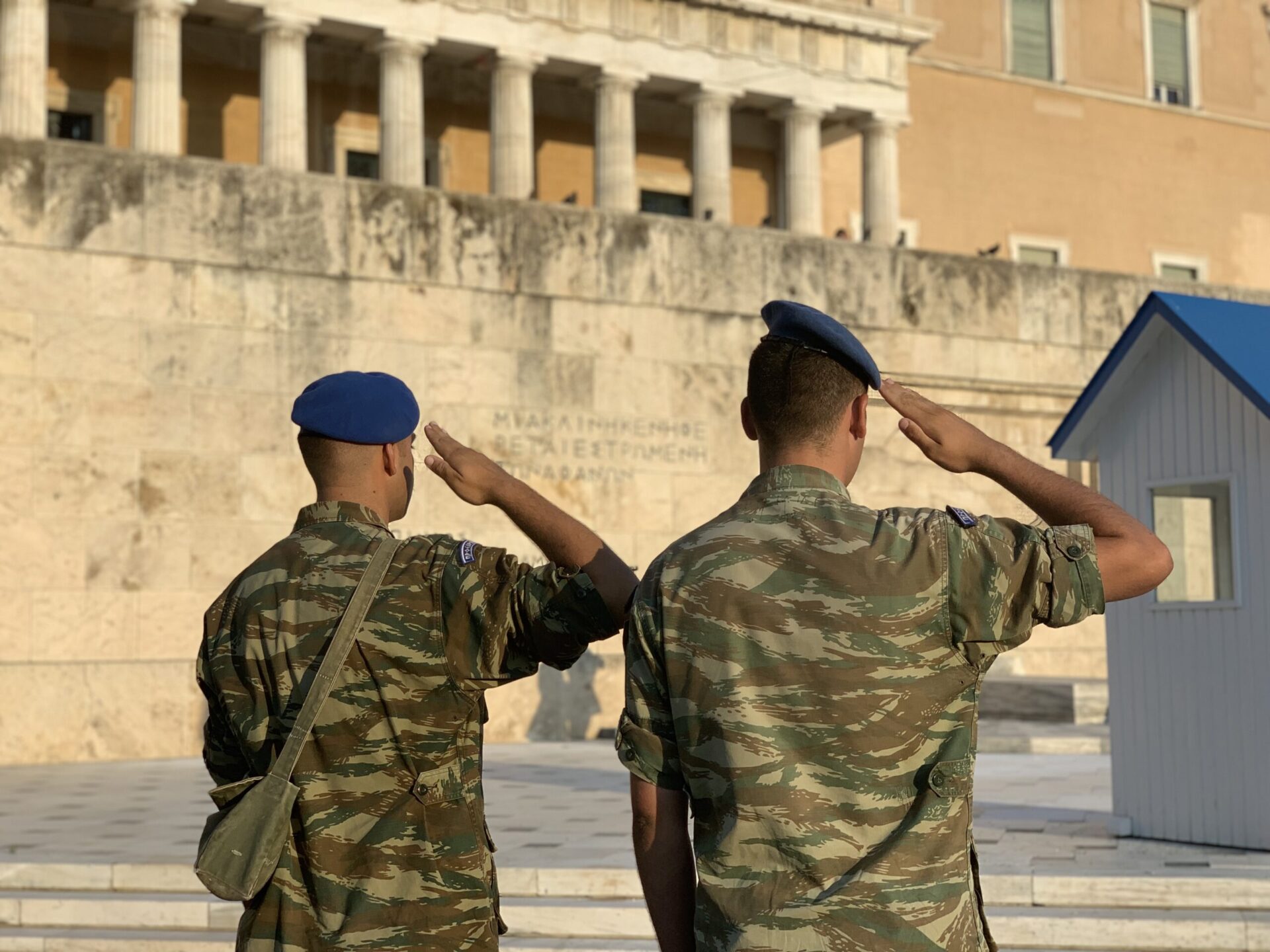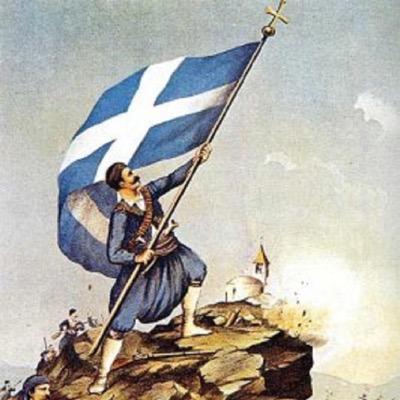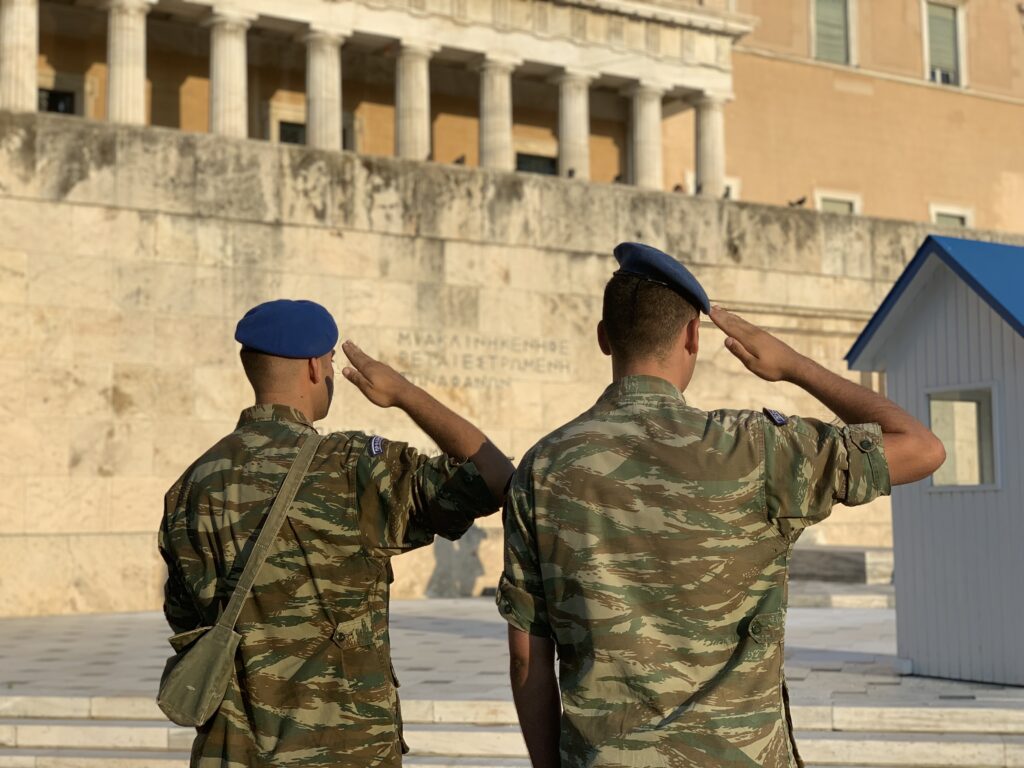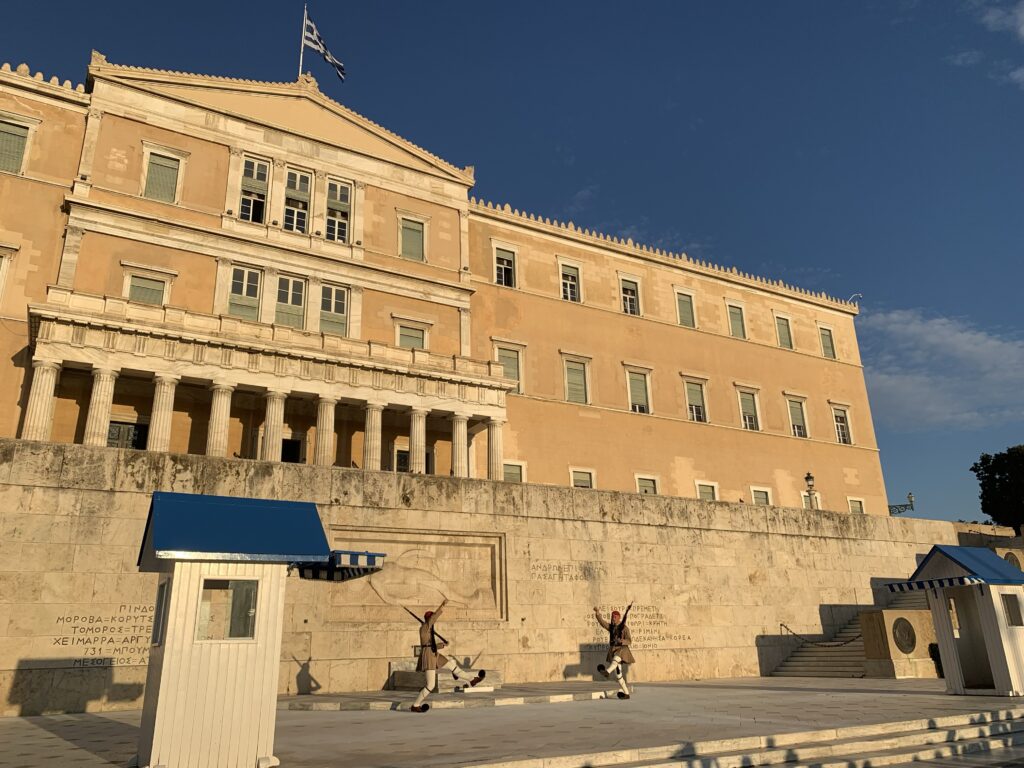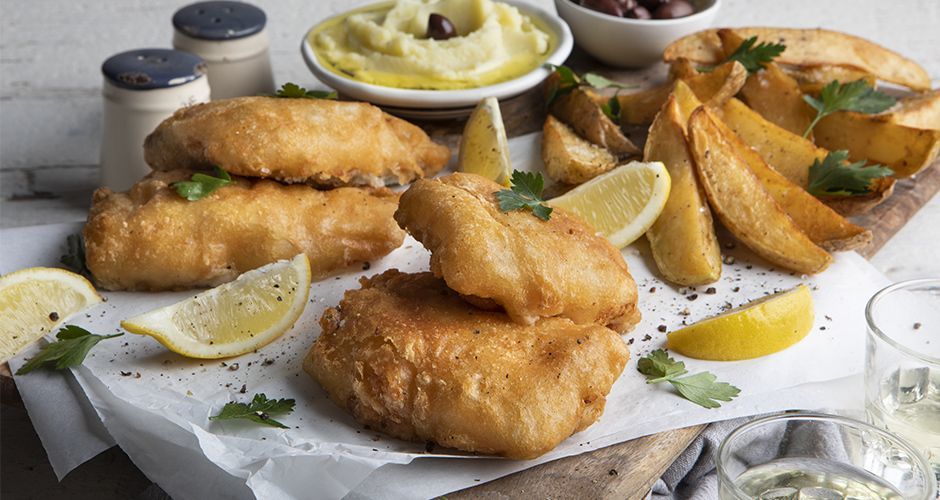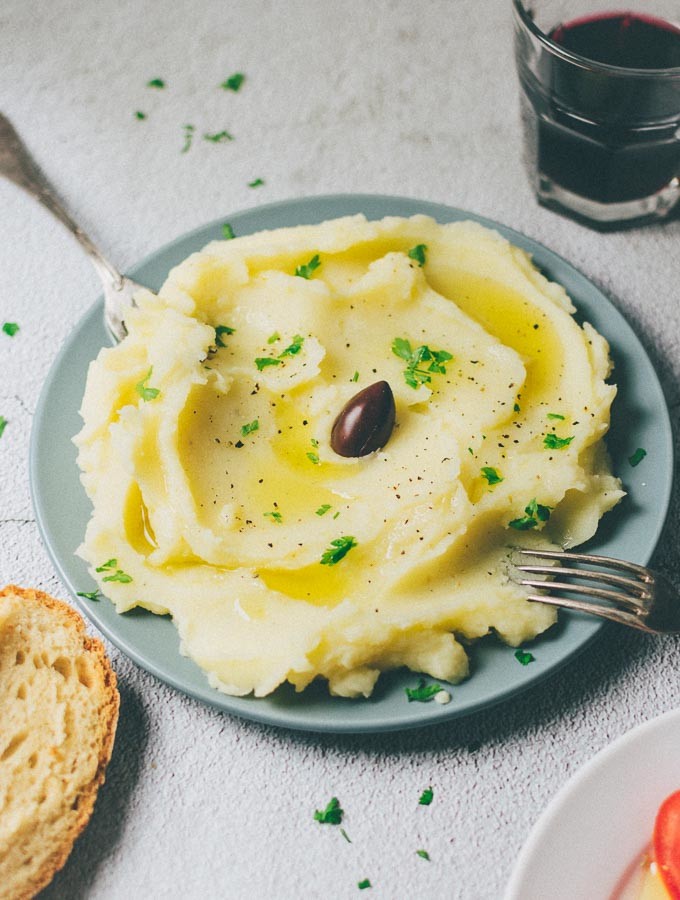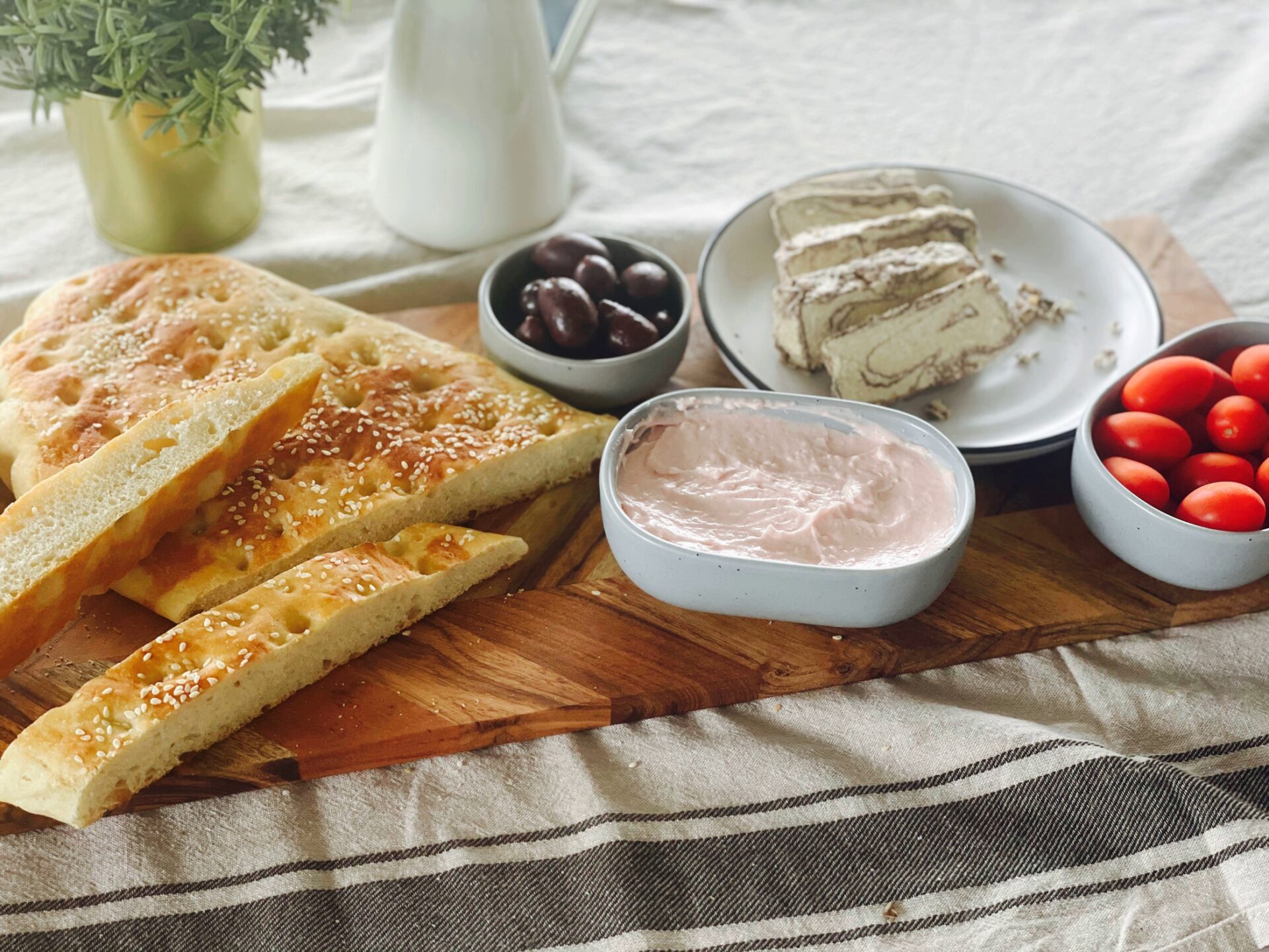The Stoa of Attalos is part of the historical Ancient Agora site in the centre of Athens, built around 150 BC by the king of Pergamon Attalos II, as a gift to the city.
Stoa of Attalos is an impressively large building that spans over two levels and highlights Hellenistic architecture at its best. The ground level is inspired by the Doric style and the first floor is Ionic. The building features walls made of limestone, the facade was created using marble from Mount Penteli, and the roof is covered with tiles.
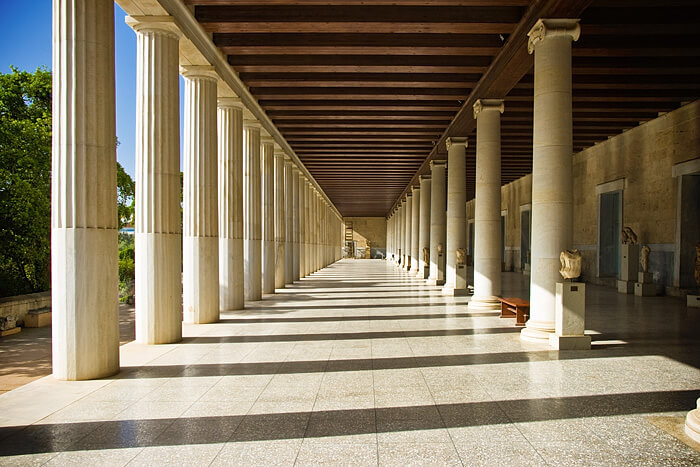
This glorious building was once a cultural, social, and commercial hub, housing all kinds of shops leased by the State of Athens, and is described as an “ancient shopping centre,” and a busy spot where Athenians gathered socially to catch up with other locals while doing a spot of shopping.
The Stoa of Attalos is said to have been home to 21 shops (on each floor) lining the western wall. Visitors are able to get an idea of life during ancient Athens times through the vast collection of everyday objects which were unearthed during recent excavations.
Facts About Stoa of Attalos
-The Stoa’s dimensions are 115 by 20 meters wide (377 by 65 feet wide).
-There were five Stoas connected to the Agora and the Stoa of Attalos was named after King Attalos II of Pergamon who reigned from 159-138 BC.
-A second Stoa, the Stoa of Eumenes II, was built by the brother of Attalos, on the southern side of the Acropolis.
-The Stoa was open at either end on the ground floor, with a wall running along the western side on each floor with windows and doors leading to 21 small rooms.
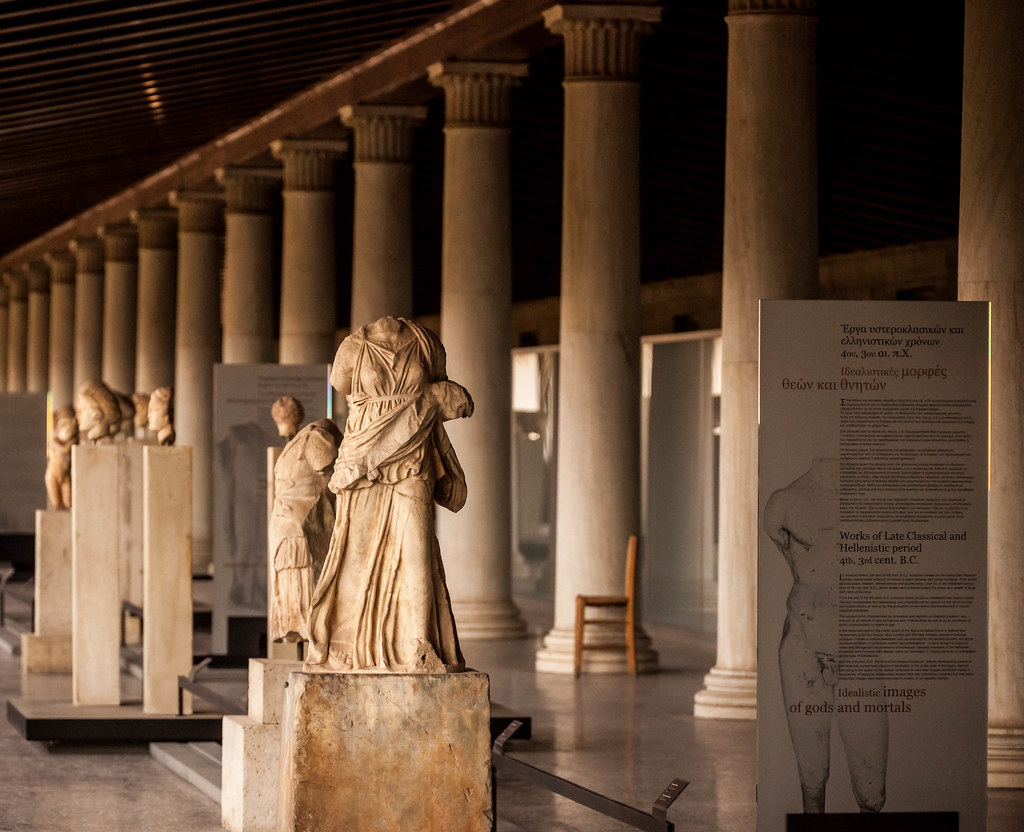
The Museum Gallery
The exhibition in the Museum gallery is home to archaeological finds from the excavations made by the American School of Classical Studies in the area and dates from the Neolithic to the Post-byzantine and Ottoman periods. The Museum exhibition is organised in chronological and thematic units that reveal aspects of the public and private life in ancient Athens.
Here you will find an interesting collection of artifacts on display including marble statues, parts of columns, coins, ceramic vases, pottery, items of daily use, and there is an ancient ballot box and a ‘klepsydra’ which was a water clock used for timing public speakers in the courthouses.
Also look out for a giant statue of the god Apollo, a large statue of a female figure (goddess or queen), the tomb of a young girl that dates from the Geometric times, and a bronze Spartan shield that the Athenians took as a war prize in the Battle of Sfaktiria (425 BC).
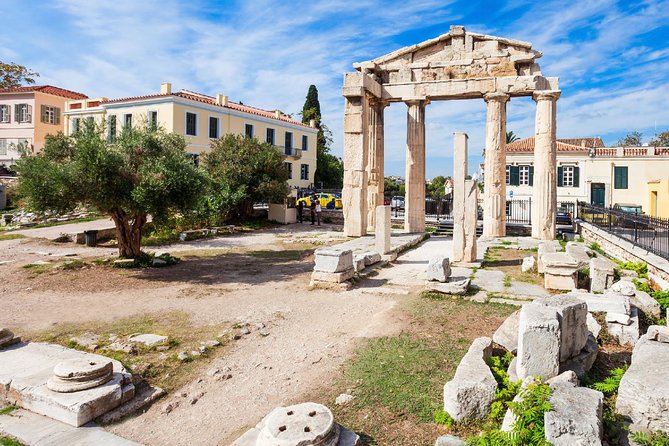
Getting there
The Stoa of Attalos is situated below the Acropolis and within the Ancient Agora in the heart of Athens. The main entrance to the Stoa is Adrianou Street which is about 700 meters from Syntagma Square. There is a smaller entrance from Thisseion Square. The nearest Metro station is Thisseion or Monastiraki.
A: Adrianou Street, 24, Thissio

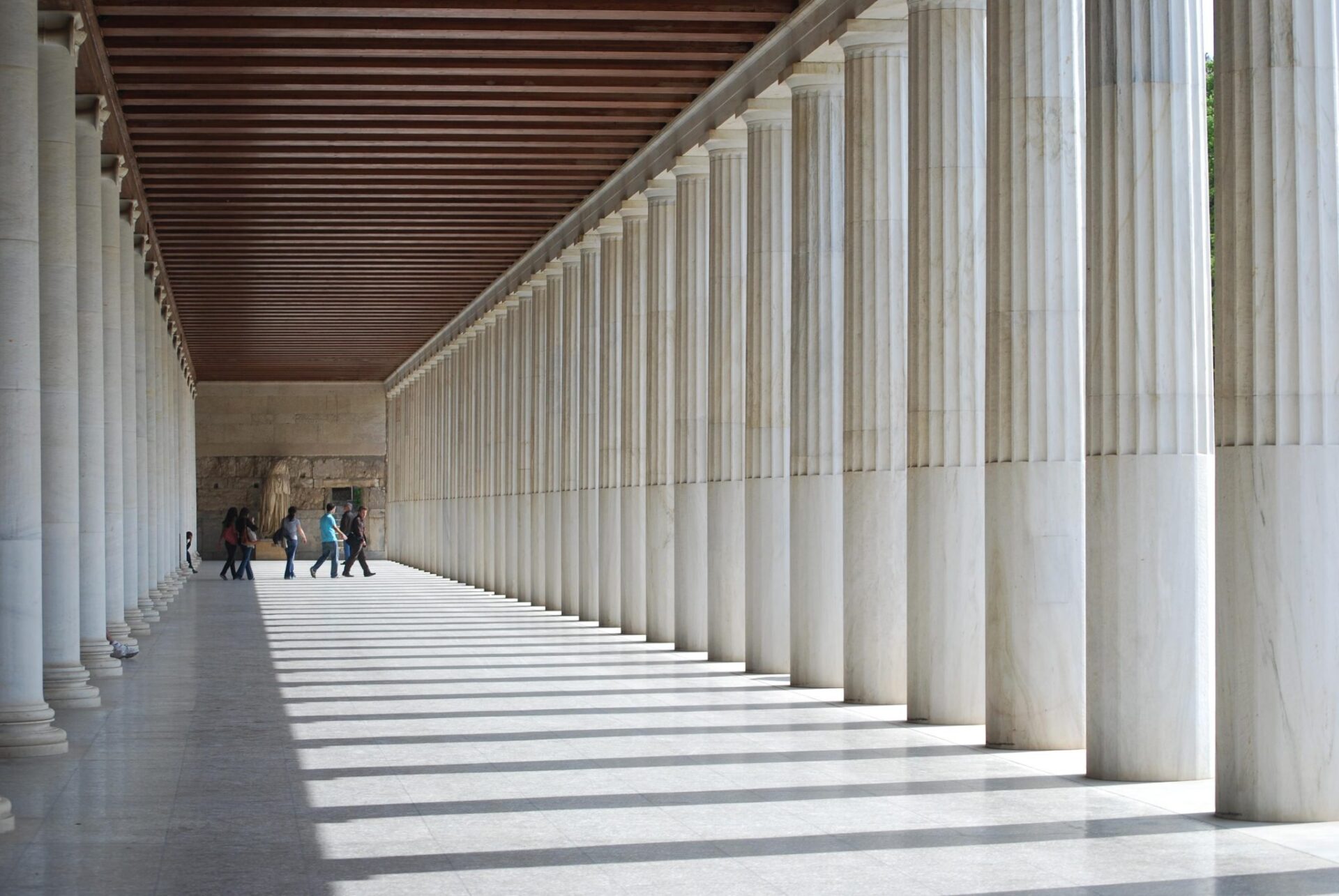
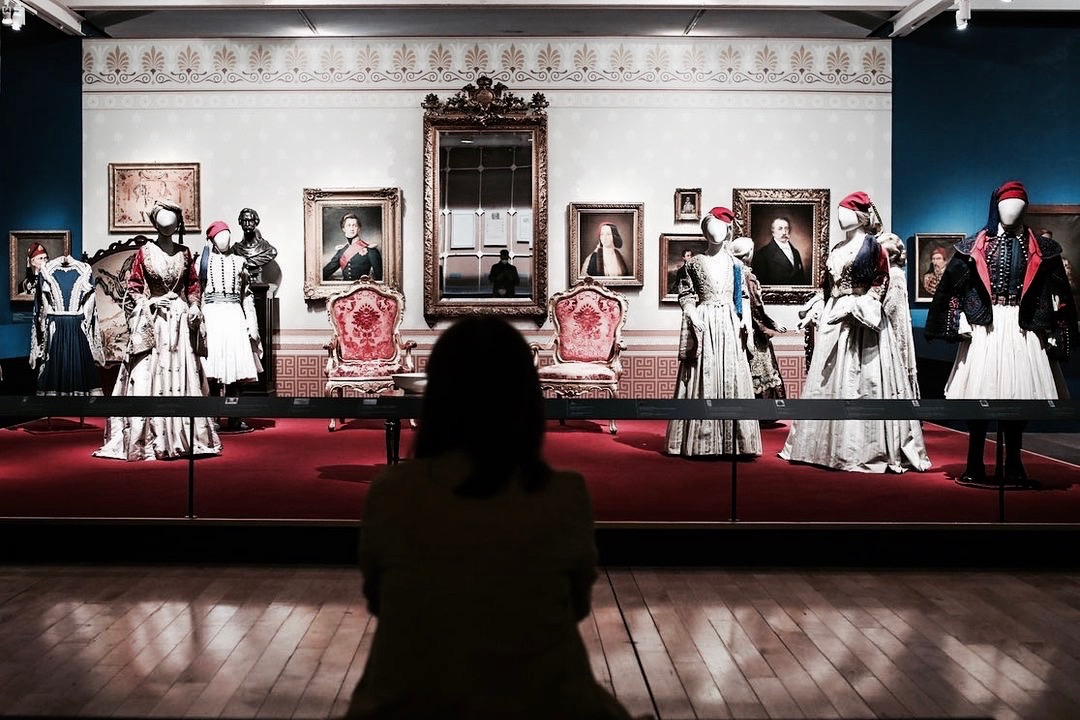
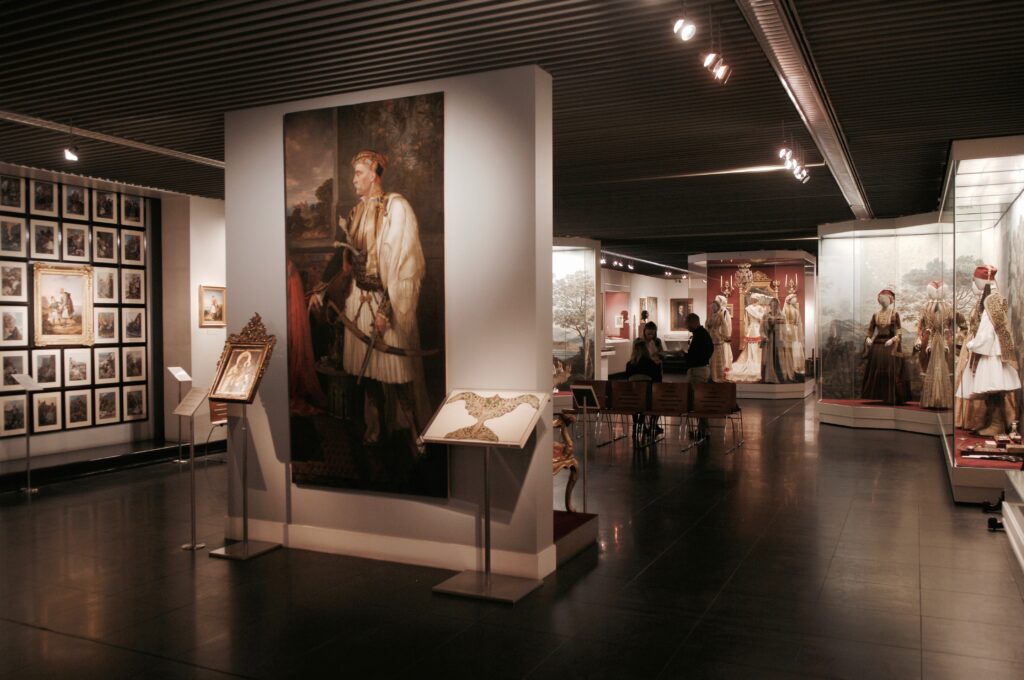
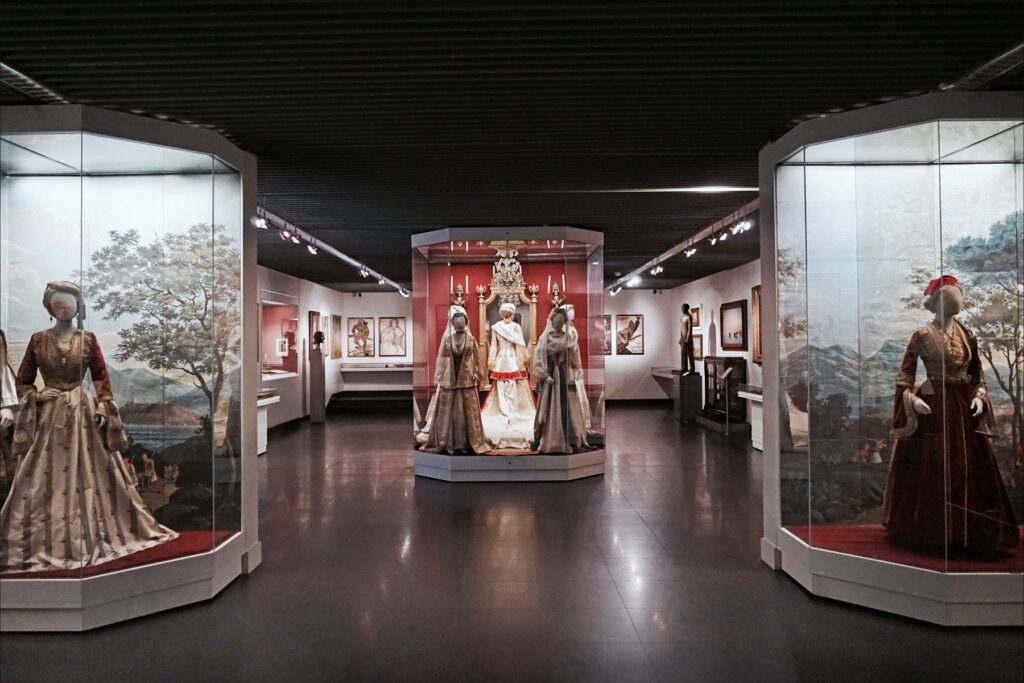
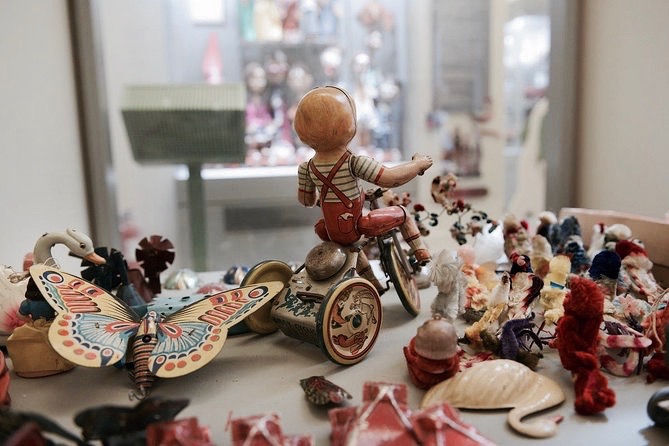
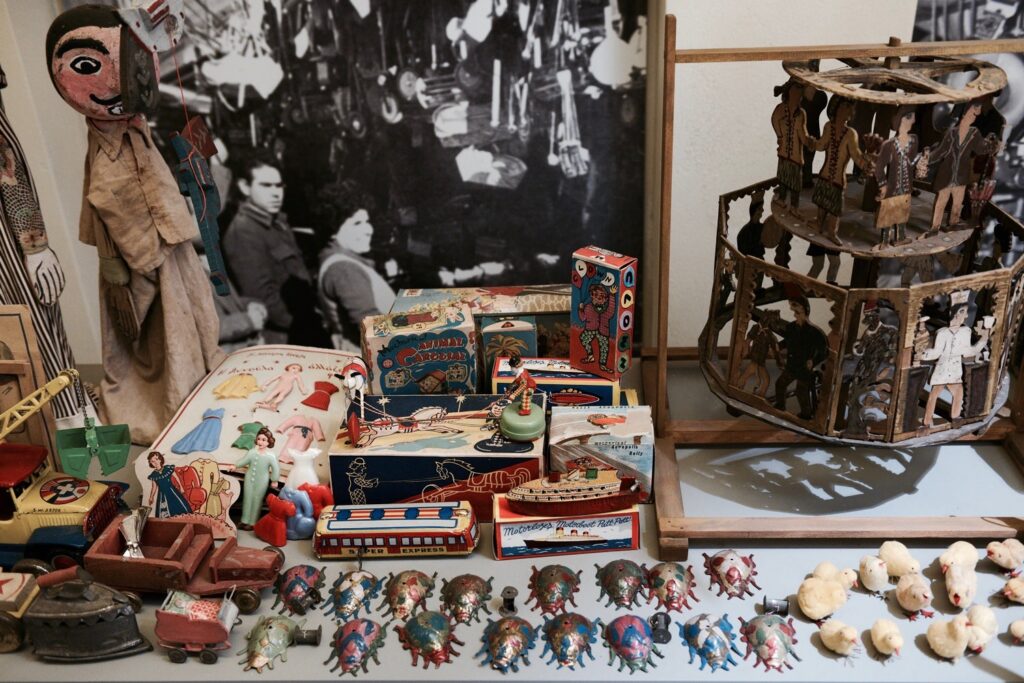
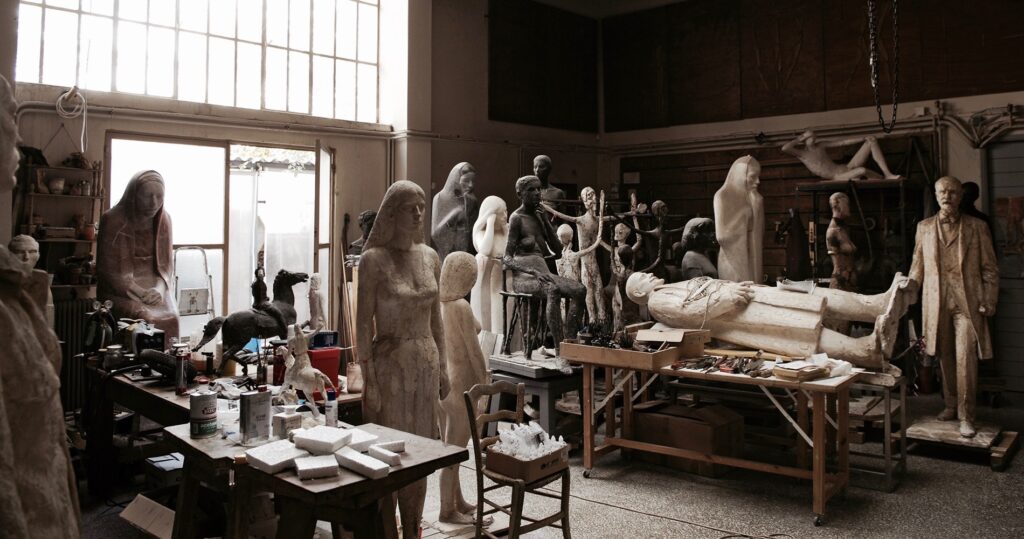
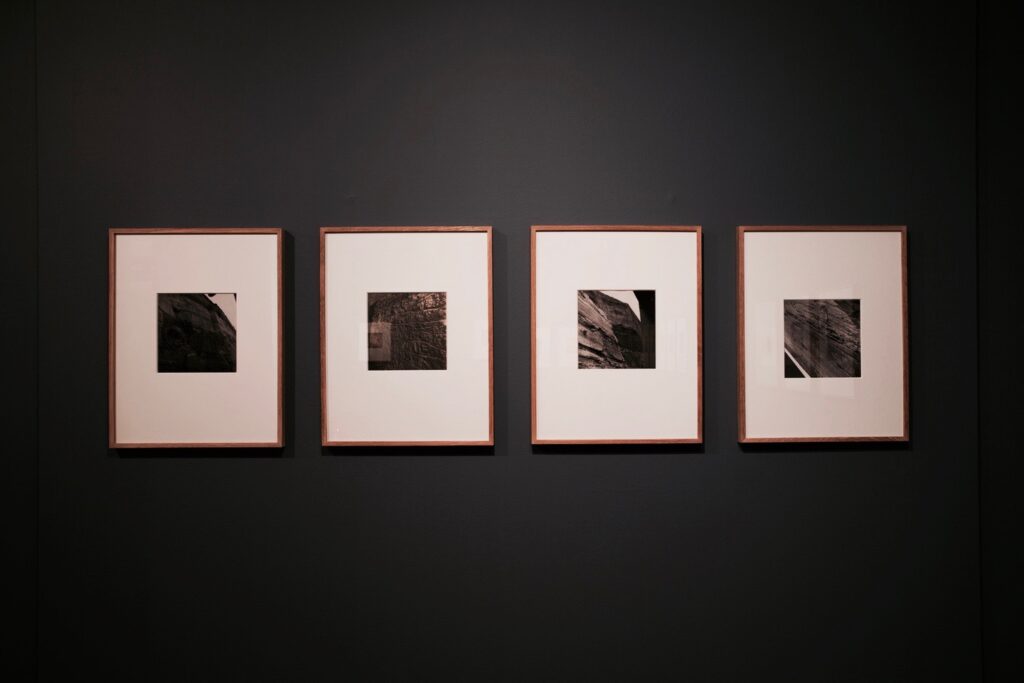
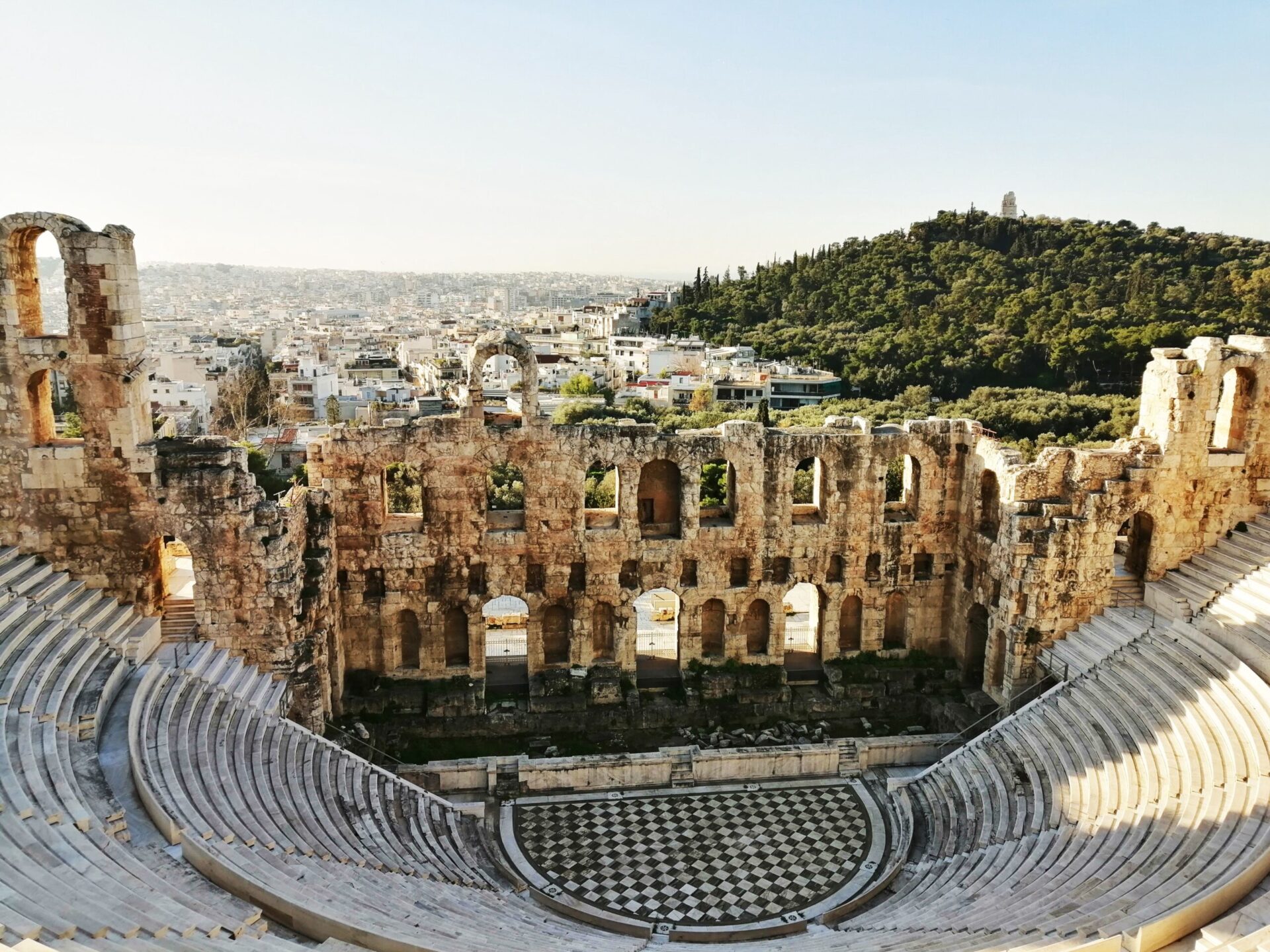
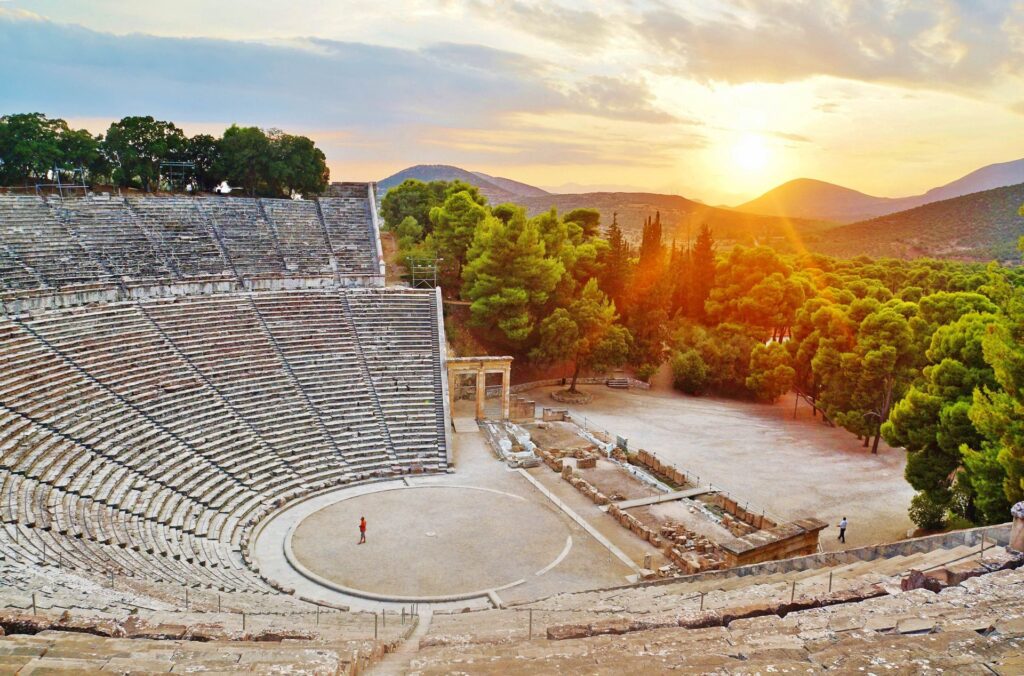

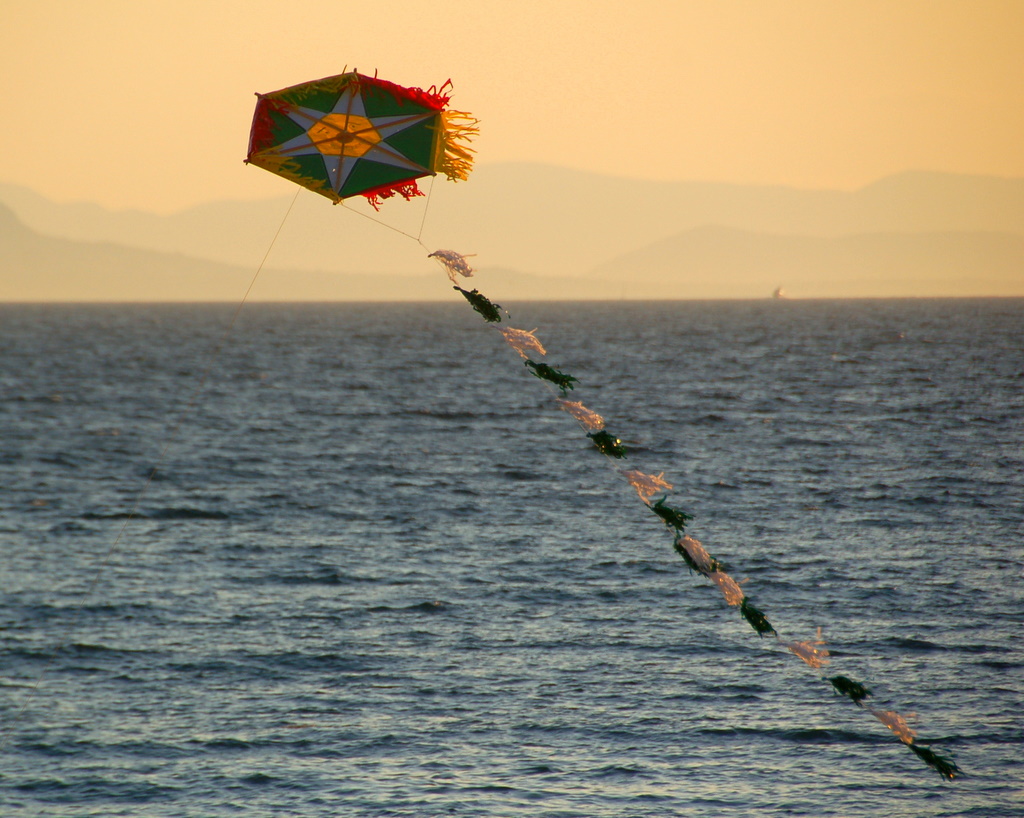
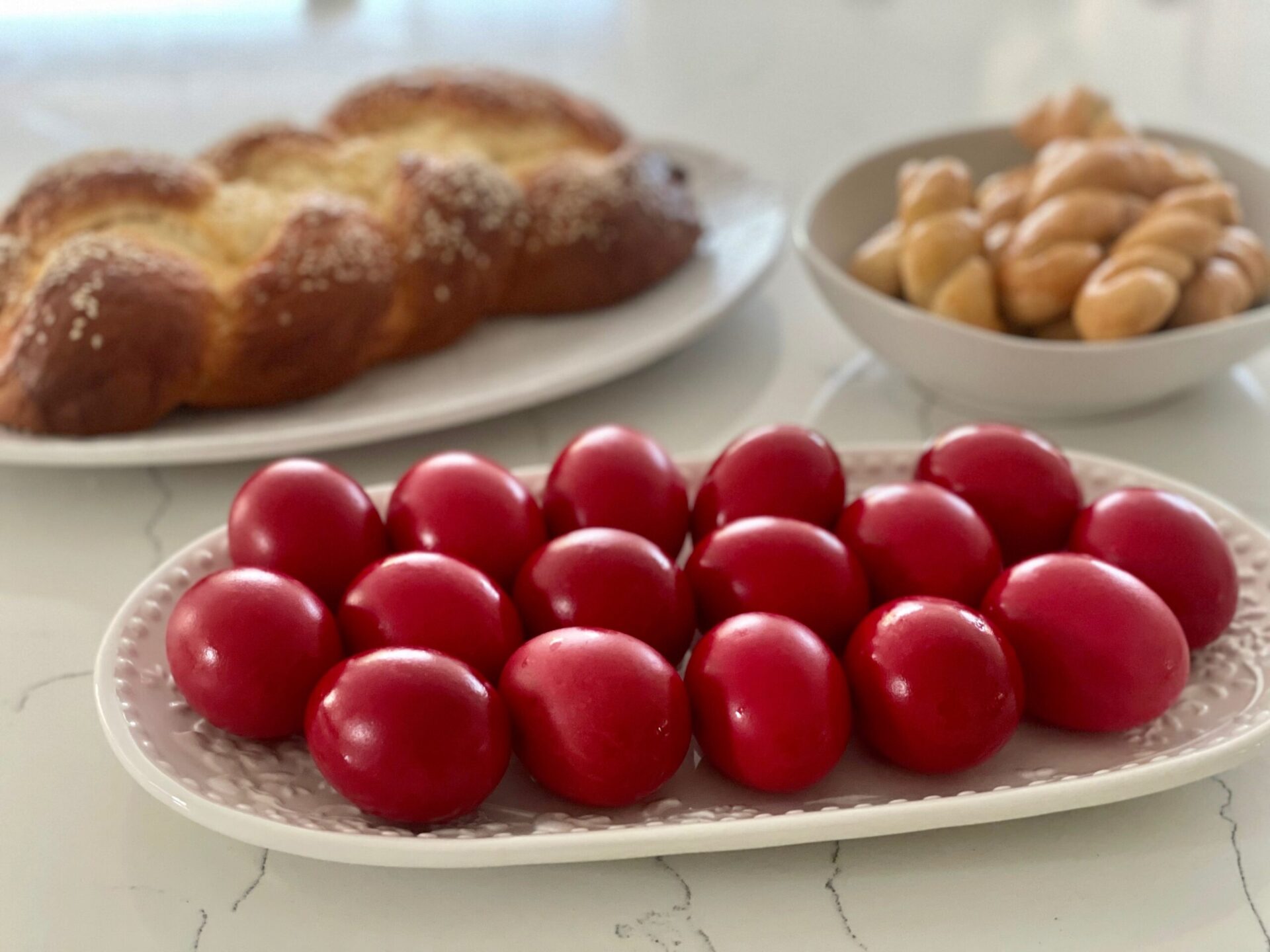
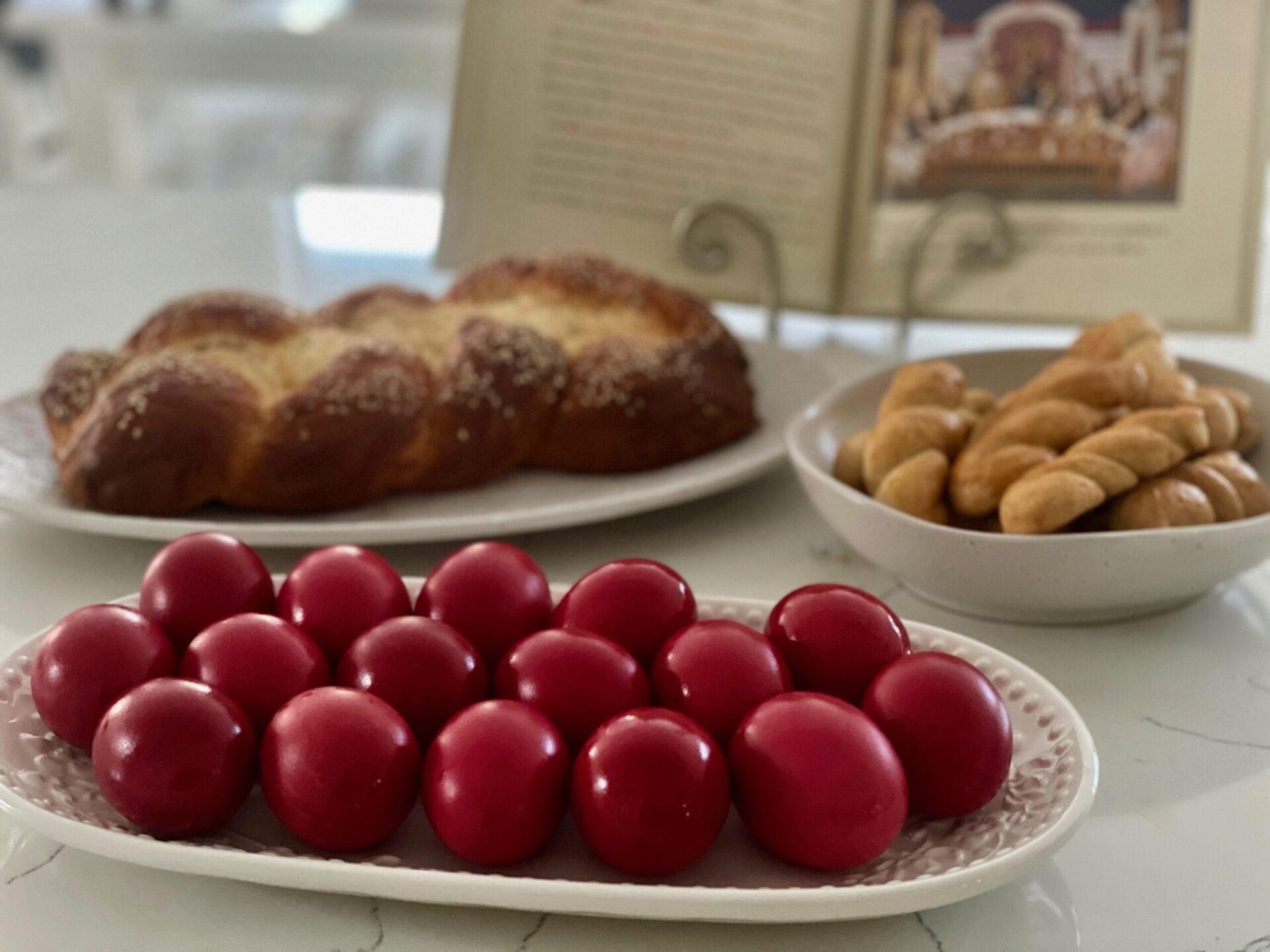 Ingredients
Ingredients 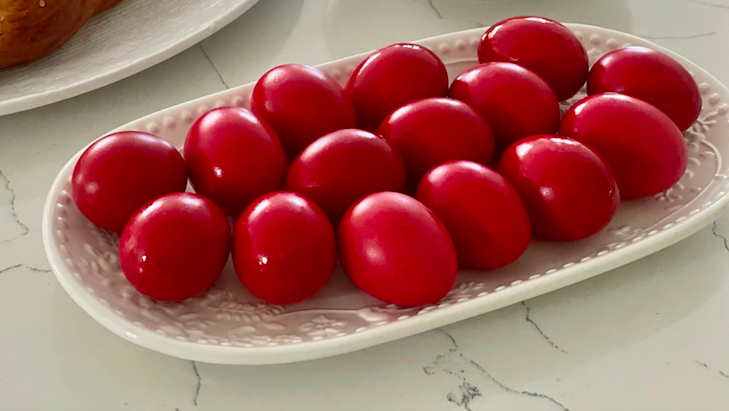 -Always wash eggs before boiling to ensure the shell is clean.
-Always wash eggs before boiling to ensure the shell is clean. 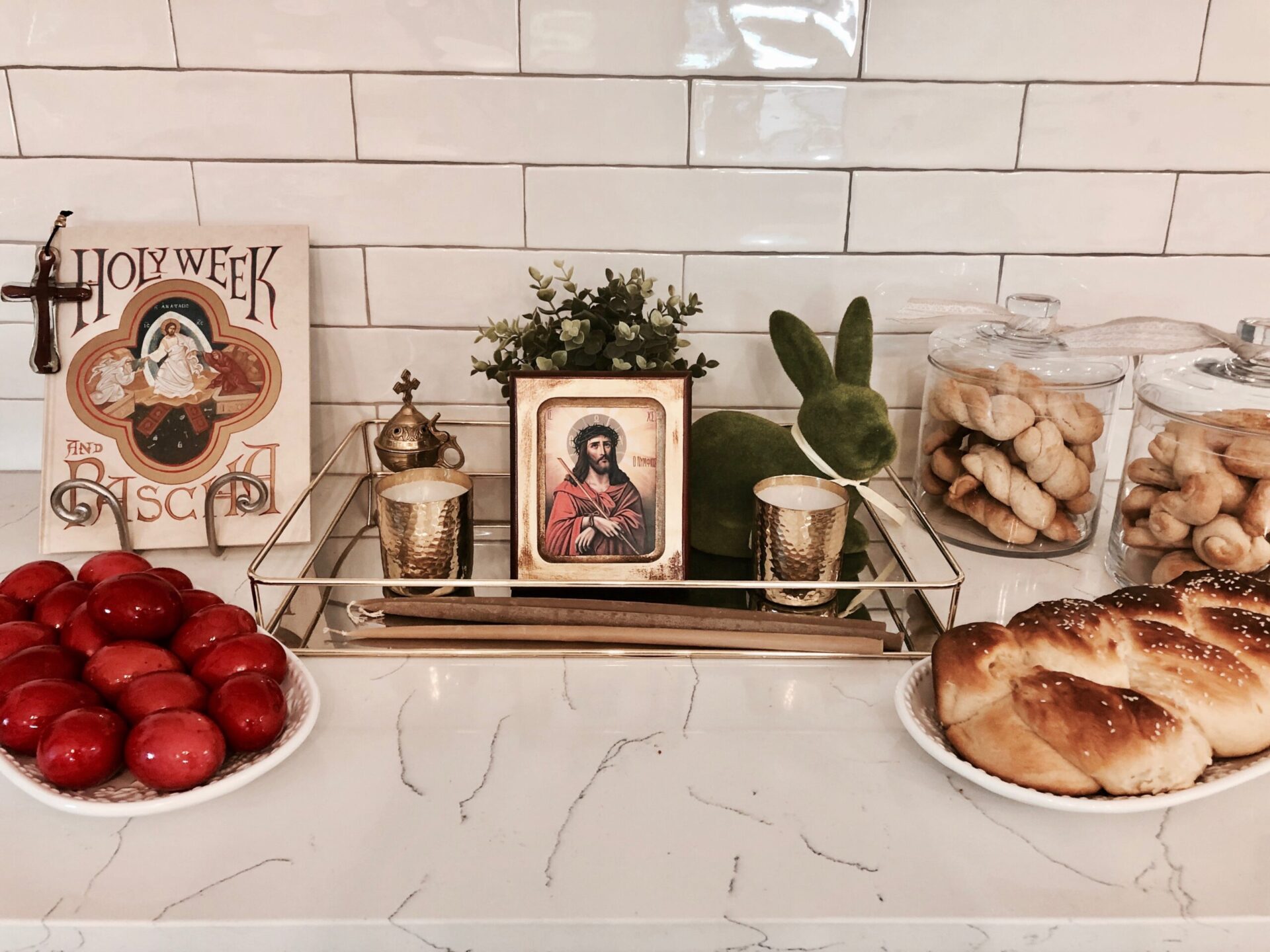
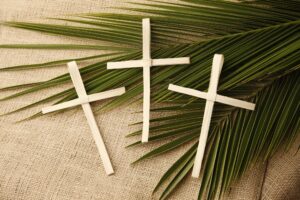
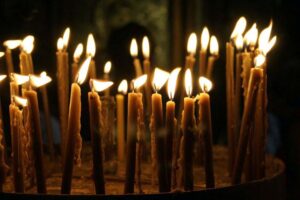
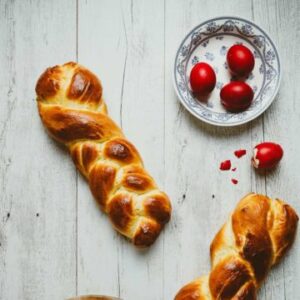
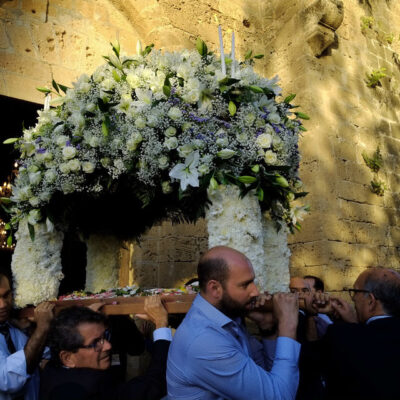 Good Friday
Good Friday 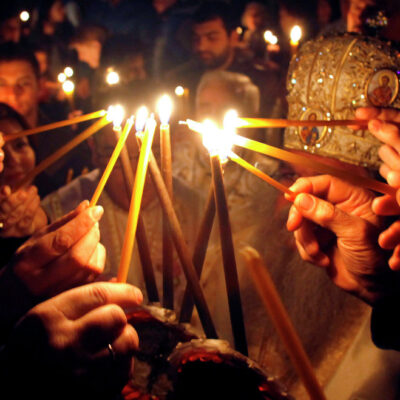
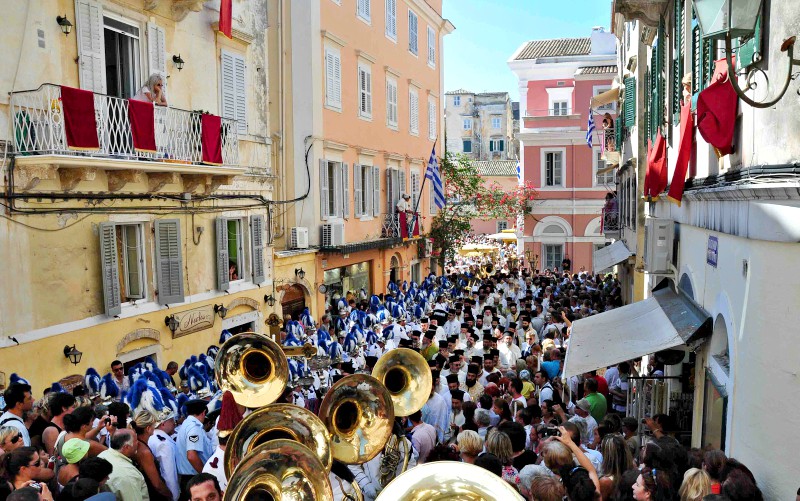 Easter Sunday
Easter Sunday
